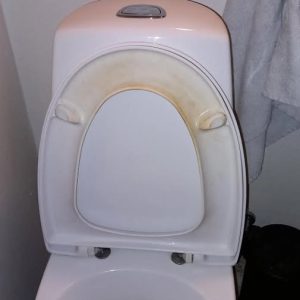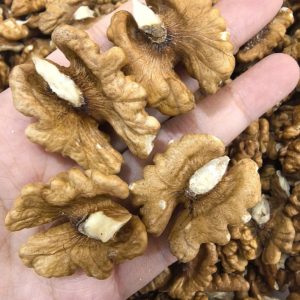What Are These Greenish Spots on Bread? Experts Warn Against Eating It
Finding greenish spots on bread can be alarming, especially when it comes to feeding children. While some may dismiss it as harmless, food safety experts say those green patches are a clear sign of mold—and they should not be ignored.
Mold on bread typically appears as fuzzy spots in shades of green, blue, white, or even black. It develops when bread is stored for too long or kept in warm, humid conditions. Mold spores are everywhere in the environment, and once they find the right conditions, they grow quickly on perishable foods like bread.
Some people, like the mother-in-law in this case, may believe that cutting off the moldy part makes the rest of the bread safe to eat. However, experts strongly advise against this practice. Mold doesn’t just grow on the surface—it can spread invisibly through the bread’s soft interior. Even if you cut off the visible spots, microscopic filaments may still be present, carrying toxins that can be harmful to your health.
Consuming moldy bread can cause a range of issues, from nausea and stomach upset to allergic reactions in sensitive individuals. Certain types of mold can produce mycotoxins, toxic compounds linked to more serious health risks. For children, pregnant women, and people with weakened immune systems, the risks are even greater.





